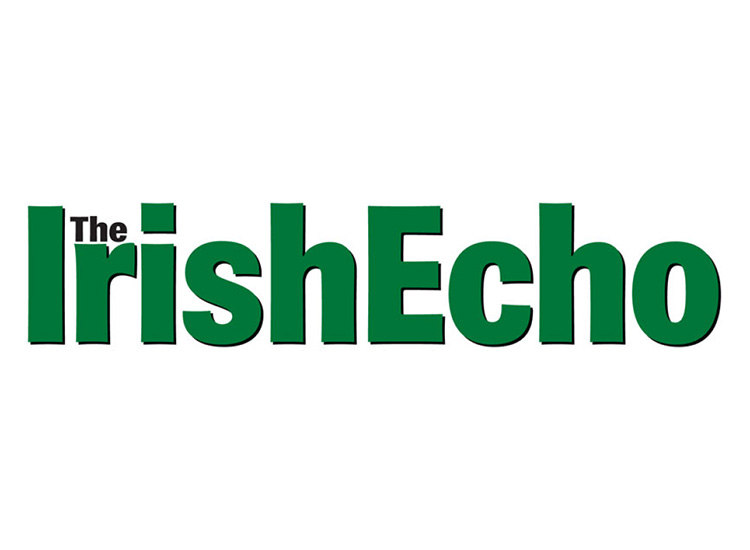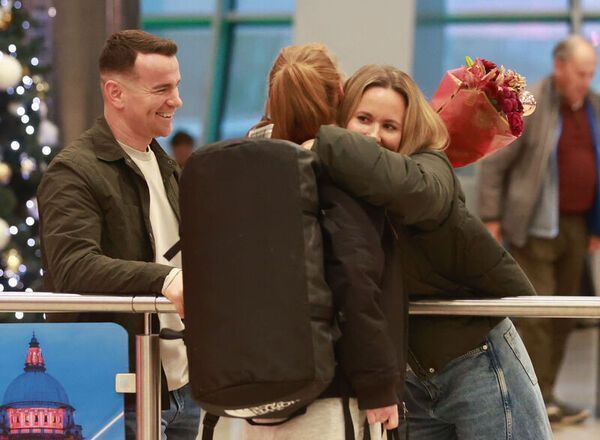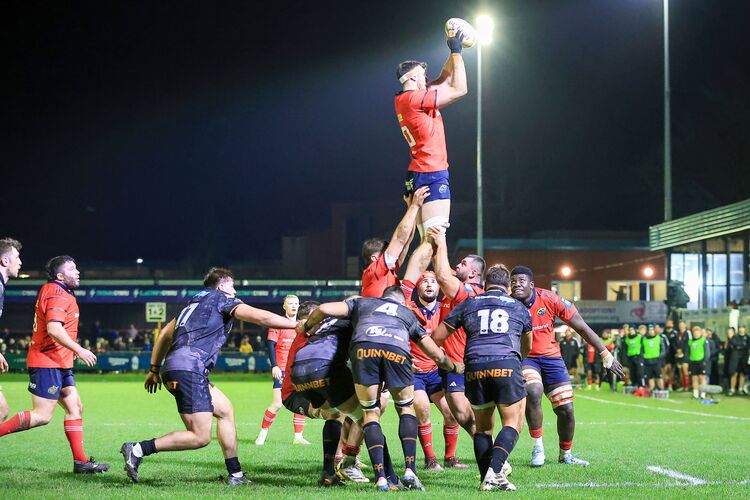Cuan Ó Seireadáin is co-editor of “Douglas Hyde: My American Journey.”
Page Turner / Edited by Peter McDermott
People tend to know the same few basic facts about Dr. Douglas Hyde: he was Ireland’s first president, a Gaelic Revivalist, a Protestant and a native of County Roscommon.
His current successor, President Michael D. Higgins, said in his foreword to “Douglas Hyde: My American Journey” that the public memory is of a scholar who was “avuncular, gentle, quiet and perhaps a little eccentric.”
However, Cuan Ó Seireadáin revealed at the recent Irish Consulate launch of the book – which he completed with Liam Mac Mathúna, Brian Ó Conchubhair, Niall Comer and Máire Nic an Bhaird – that Hyde had a particular quality you’d need doing a fundraising tour of U.S.: he was very media savvy.
He was raising money for the Gaelic League here in 1905 and 1906 at a time when it was “engaged in a massive campaign to promote the Irish language and appreciation of Irish culture and history” and viewed that the “help of the Irish in America was crucial to their success.”
Said Ó Seireadáin, who works for Conradh na Gaeilge (or the Gaelic League), “This success deeply influenced the generation who fought for Irish independence, by giving them a sense that they could revive Ireland by reestablishing an authentic cultural continuity with their ancient civilisation.”
Hyde was never overtly political and didn’t join Sinn Fein, which became the predominant party in the post-1916 era, and was not involved in the traumas of the schism and the civil war of 1922-2; he was thus an acceptable figure to both sides, as a foundational cultural nationalist, when it came to agreeing on the country’s first president in 1938.
The scholar’s account of his trip was published in Irish in 1937 as “Mo Thurus go hAmerice.” Was it what today we might call a “campaign book,” written with one eye on the presidency? Not proven, said Ó Seireadáin, though “historians have wondered about this.”
Whatever the case, it’s been translated into English for the first time, and both versions are published in the lavishly illustrated hardcover volume “Douglas Hyde: My American Journey.”
“The America he visits is a fascinating place, and his record of Irish-American communities across the U.S. at that time is tremendously vivid and entertaining,” said Ó Seireadáin, a native Irish speaker, trained classical musician with many years’ orchestral experience and project director for the Douglas Hyde Foundation. “He meets Teddy Roosevelt twice, spends a month in San Francisco just before the great earthquake of 1906 and makes an extraordinary public impact whereever he goes.
“In many ways, he is treated, and behaves, like the unofficial leader of the Irish people, and I believe his experience in America was crucial both to his election as Ireland’s first president in 1938, and to the establishment of the non-divisive, unity-seeking style all Irish presidents have followed since then,” Ó Seireadáin said.

Cuan Ó Seireadáin
Date of birth: 1982
Place of birth: Dublin
Residence: Dublin
What is your writing routine? Are there ideal conditions?
I don’t really have a typical routine, but this book certainly demanded some peace and quiet and a few late nights!
Name three books that are memorable in terms of your reading pleasure.
I really enjoyed the first edition of this book, “Mo Thurus go hAmerice.” It was published in 1937, and I read it for the first time in a garden in Los Angeles. Reading it in America really encouraged me to organise this new edition; “Ulysses” I had tried to read it for many years and finally did so while working in a pit orchestra in Stuttgart, in the pit between numbers! It really resonated with me, as a Dubliner overseas, and it has been a part of me ever since; Suetonius’s “The Twelve Caesars”: salacious gossip from the early days of the Roman Empire from somebody who had access to the imperial archives
What book are you currently reading?
Brian Maye’s biography of Arthur Griffith. As I work in 6 Harcourt St., which was his office – along with that of Michael Collins, de Valera, and Markievicz – during the revolutionary period, I take a special interest in the personalities who worked in that house to establish Irish independence. It’s an amazing feeling to trawl though the sources and to figure out in what exact space in the building these giants of Irish history worked!
Is there a book you wish you had written?
I wish I could write like Joyce.
Name a book that you were pleasantly surprised by.
I read a lot of history and archival material for my work. One of the most interesting reads was a book called “Fé Bhrat an Chonnartha” (Under the Flag of the League) by Peadar Ó hAnnracháin. Peadar was a Gaelic League timire (organiser) and spent 16 years travelling around Ireland on a bicycle teaching and promoting Irish in the years before the Rising. The book is an amazing record of a forgotten history.
If you could meet one author, living or dead, who would it be?
Douglas Hyde, no question. He is a massively underrated molder of Irish history, and I know he would have been amazing craic!
What book changed your life?
“Ulysses.”
What is your favorite spot in Ireland?
My family home in Glangevlin, Co. Cavan.
You're Irish if...
Hyde preached that you became Irish by being interested on our culture, and by practicing it. This was a positive contrast to 19th/20th Century nationalists who based their definition of nationality on genetic heritage. I think Hyde was right, and that his definition of Irishness, and its relationship to the Irish language, stands the test of time.







